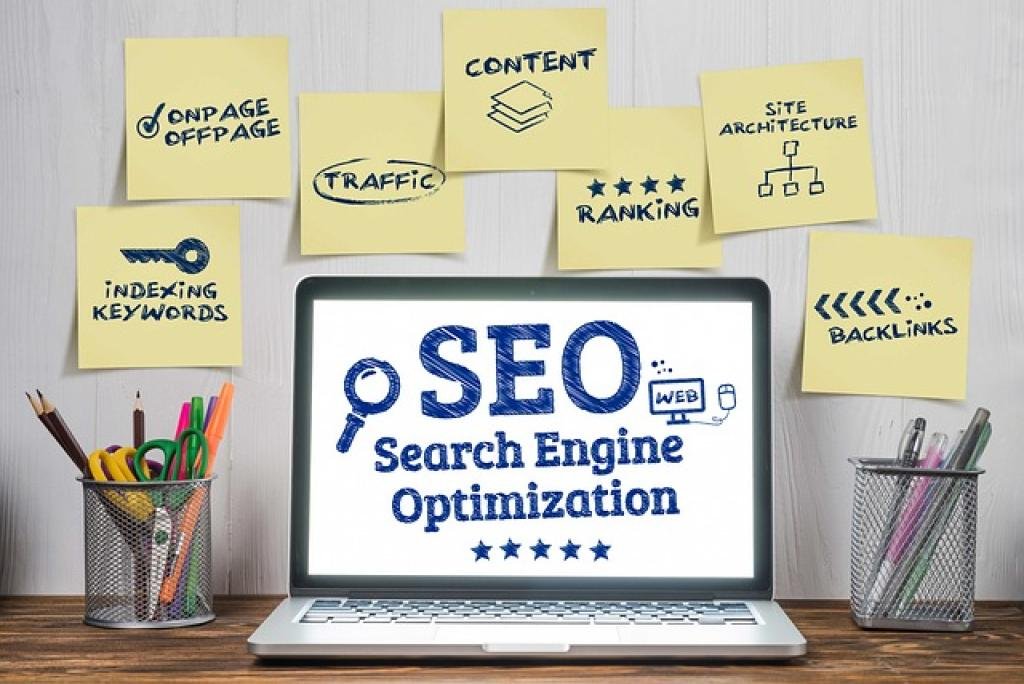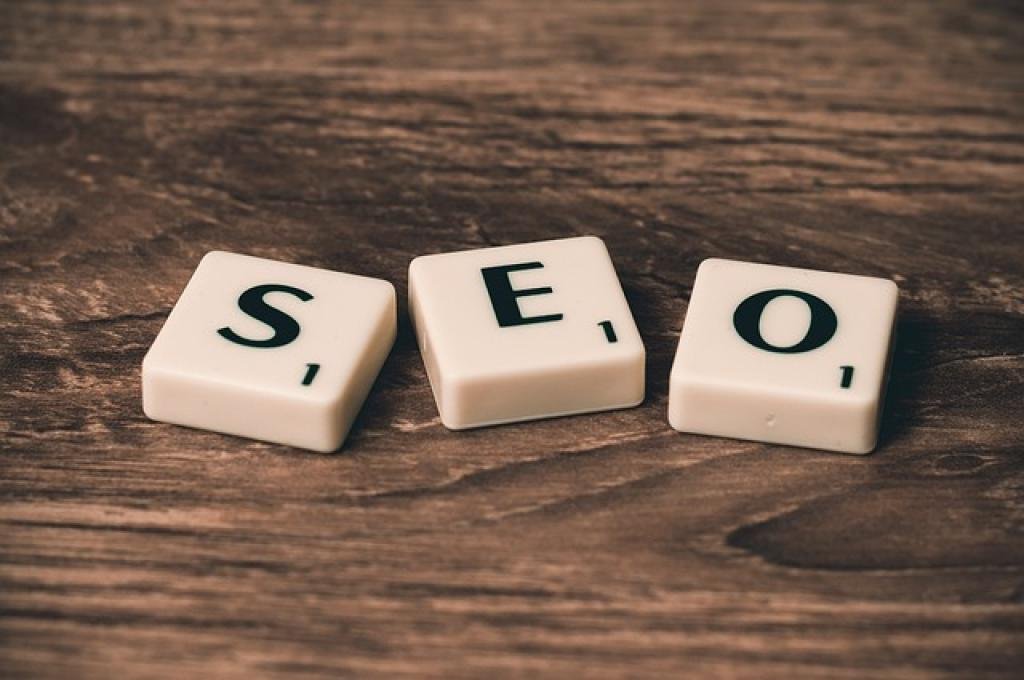Utilizing Popups Strategically for SEO Benefits

In the digital marketing landscape, popups are often seen as a double-edged sword. While they can capture attention and boost conversions, they can also disrupt user experience if misused. However, when implemented strategically, popups can be an asset to your SEO efforts.
Balancing visibility and subtlety is key to maximizing the SEO benefits of popups. Innovative popup strategies not only retain visitors but also enhance site metrics like dwell time and page views, which can positively impact your SEO rankings.
Join us as we explore the delicate art of utilizing popups to their full potential while keeping both search engines and users happy.
Understanding the Impact of Popups on SEO
Popups can be powerful, but they must tread carefully in the realm of SEO. Search engines, particularly Google, prioritize user experience. This means aggressive or intrusive popups may incur penalties, damaging your site’s ranking.
User Experience and Search Rankings
A key metric influenced by popups is user experience. Intrusive popups can lead to high bounce rates, negatively impacting your SEO. Google’s algorithm disfavors sites that disrupt user interaction, so it’s essential to ensure that popups are timely, relevant, and non-intrusive.
Additionally, mobile-friendliness is a crucial factor. With an increasing number of users accessing content via mobile devices, popups need to be responsive and unobtrusive. Mobile-unfriendly popups risk higher bounce rates and can lead to penalties from search engines.
Successfully harnessing the power of popups without compromising SEO requires mindfulness of their design, frequency, and timing. By aligning popups with user expectations and search engine guidelines, you can enhance site performance and improve your SEO standing.
Best Practices for Implementing Popups on Your Website
To effectively use popups while safeguarding your SEO, adhering to certain best practices is essential. These guidelines can help turn potential challenges into opportunities for growth.
Timing is Everything
Prioritize when and how popups appear. Instead of bombarding users immediately upon arrival, consider displaying popups based on user behaviour, such as after scrolling a certain percentage or after a time delay. This ensures that popups are presented when users are more engaged and less likely to bounce.
Ensure that popups are relevant to the content the visitor is currently exploring. Relevancy enhances user experience and increases the chances of conversion, as people appreciate offers that are aligned with their interests.
Design and Responsiveness
Design is crucial. Popups should be visually appealing and seamlessly integrated with your website’s aesthetics. It’s vital for them to be easy to close, allowing users the freedom to engage with the content they initially sought.
Furthermore, ensure popups are responsive and mobile-friendly. With the dominance of mobile traffic, popups need to function well across all devices, ensuring they complement rather than hinder the user experience.
Following these practices can help you use popups effectively, enhancing both user satisfaction and SEO success.
Measuring the SEO Benefits of Popups
Measuring the impact of popups on your SEO efforts is crucial to understanding their effectiveness and refining your strategy. Start by identifying key performance indicators (KPIs) that align with your goals, such as conversion rates, bounce rates, and average session duration.
Use analytics tools to track how popups influence user behavior. Google Analytics, for instance, can provide insights into how popups affect pageviews, session duration, and bounce rates. Monitoring these metrics will help you determine if your popups are enhancing or detracting from the user experience.
Additionally, conduct A/B testing on different popup designs and strategies. By comparing the performance of varying approaches, you can identify which ones yield the best results and adjust your methods accordingly.
Regularly reviewing the data will help you understand the long-term effects of popups on your SEO. As you refine your popup strategy, you’ll be better positioned to boost both user engagement and search engine rankings, achieving a harmonious balance between visibility and user satisfaction.
Optimizing Popup Content for Search Engines
Creating popup content that appeals to both users and search engines requires a strategic approach. It’s about delivering valuable information concisely while aligning with SEO best practices.
Crafting Relevant Messages
Start by ensuring your popup content is directly relevant to the page it’s appearing on. This relevance encourages engagement and reduces the likelihood of users leaving your site. By addressing the user’s immediate needs or interests, you foster a positive experience which can lead to better SEO outcomes.
Incorporate targeted keywords naturally into your popup content. These keywords should resonate with the user’s search intent and be consistent with the rest of your page’s content. Avoid keyword stuffing, as it can detract from user experience and potentially lead to penalties from search engines.
Clear CTAs and Value Proposition
A clear and compelling call-to-action (CTA) is essential. Your popup should quickly communicate the value or benefit of taking action. Whether it’s signing up for a newsletter or getting a discount, the message should be straightforward and enticing.
By optimizing your popup content with search engines and users in mind, you create a balanced strategy that enhances your site’s performance and supports your overall SEO goals.

Key Metrics to Track for Popup SEO Performance
To truly measure the success of your popups in enhancing SEO, it’s important to focus on a set of key metrics. These metrics provide insights into both user engagement and potential impacts on search rankings.
Conversion rate is a primary metric, reflecting how well your popups are driving desired actions, whether it’s signing up for a newsletter or downloading a resource. A high conversion rate indicates your popup content is resonating with your audience.
Bounce Rate and Session Duration
Monitor bounce rate to ensure popups aren’t driving users away. A decrease in bounce rate often means users are interacting with your content beyond the initial page, which is favorable for SEO.
Average session duration is another crucial metric. Longer session durations typically suggest that your popups are enhancing user interest and encouraging them to explore more of your site.
Pageviews per session is an additional measure to track. An increase in this metric can signify that popups are effectively guiding users to explore multiple pages on your site.
By regularly tracking these metrics, you can refine your popup strategy to enhance both user experience and your site’s SEO.
The Bottom Line: Leveraging Popups Effectively for SEO Success
Popups, when used strategically, can be a powerful tool in your SEO toolkit. By thoughtfully designing and timing your popups, you can enhance user engagement and improve site metrics, both of which contribute to better search engine rankings.
It’s essential to prioritize user experience to ensure that popups do not disrupt visitors. By focusing on creating popups that are relevant and non-intrusive, you align with search engine guidelines and foster a positive experience.
Furthermore, optimizing popup content with targeted keywords and clear calls-to-action can reinforce your site’s SEO strategy. This approach not only captivates your audience but also signals relevance to search engines.
Monitoring key performance metrics such as conversion rates, bounce rates, and session durations is vital. Regular analysis of these metrics allows you to adapt and refine your strategy, ultimately ensuring your popups contribute positively to your SEO efforts.
In conclusion, by balancing the art of engagement with the science of SEO, popups can significantly enhance your digital strategy. With careful implementation and continuous optimization, you can unlock the full potential of popups, turning them into a valuable asset that drives both user satisfaction and SEO success.


